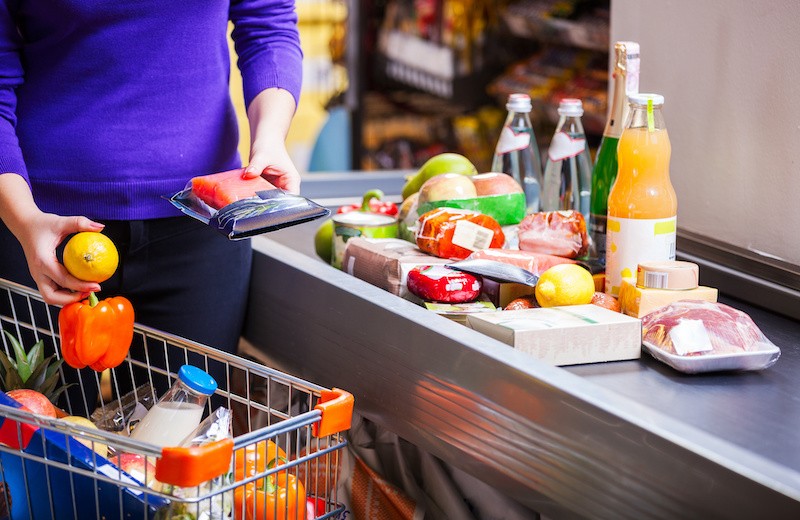More digital product data...yes please!
In the food & grocery sector, the need for standardised, digital product data just keeps growing.
This year has brought new requirements for unit pricing display whenever food products in 10 core categories are presented to consumers. And the sector is now also grappling with plastic packaging and all the challenges that come with recycling as much of it as physically possible and economically viable.
Both are very positive developments for the sector and for New Zealanders generally. But they do come with big new information demands on food & grocery producers, wholesalers, retailers and oversight bodies – demands on top of business-as-usual where competitive and regulatory imperatives for data capture, storage and exchange are already increasing year by year.
New developments
Since 31 August, supermarket operators have had a new statutory obligation to display unit prices alongside per-package prices. This will extend to online stores from September next year. Showing price variations on products using the same unit of measurement should certainly aid shoppers making more informed shopping choices and help boost retail competition.
Since 31 August, supermarket operators have had a new statutory obligation to display unit prices alongside per-package prices.
Plastic packaging
On plastics packaging and waste reduction, a draft scheme under the Plastic Packaging Product Stewardship (PPPS) project has completed the feedback phase from stakeholders, notably producers and importers, wholesalers and retailers, waste processors, local councils and community/recycling organisations. The coming transition in practices and cost sharing will be complex – and will require much more sharing of standardised product packaging data.
The PPPS scheme will ultimately be for the Government to decide on, with any changes in regulations likely to follow. There will be new requirements for reporting on the amount of plastic packaging placed on the market vs what’s recovered, with new cost recovery mechanisms that help fund much-expanded recovery and recycling programmes.
GS1, the New Zealand Food and Grocery Council, the Packaging Forum, Ministry for the Environment and many others are watching with great interest the forthcoming outcome.
National Product Catalogue
With the PPPS – as with the unit pricing developments – the National Product Catalogue (NPC) will provide many of the solutions that producers, wholesalers, retailers and others are, and increasingly will be, looking for.
The NPC is GS1 New Zealand’s largest single, secure platform for suppliers, retailers and all others to store and share accurate, comprehensive, and up-to-date information on over 400,000 products. That includes more than 60,000 in the Food and Grocery sector.
The NPC is especially valuable because its data is specified and formatted using GS1 standards, and because all users automatically receive updates in real-time whenever uploaded by the authenticated information source.
The system has long been embedded in the Food & Grocery sector’s everyday functioning (and increasingly in other sectors as well). The use of standardised, product master data has grown every year to make supply chains more efficient.
It’s safe to say, then, that today’s NPC puts the sector in a strong position to meet needs arising from new developments in 2024 and beyond, on top of business-as-usual competitive imperatives. The NPC will, of course, also need to keep developing and proving its role in every business case tomorrow.
The NPC is GS1 New Zealand’s largest single, secure platform for suppliers, retailers and all others to store and share accurate, comprehensive, and up-to-date information on over 400,000 products. That includes more than 60,000 in the Food and Grocery sector.



